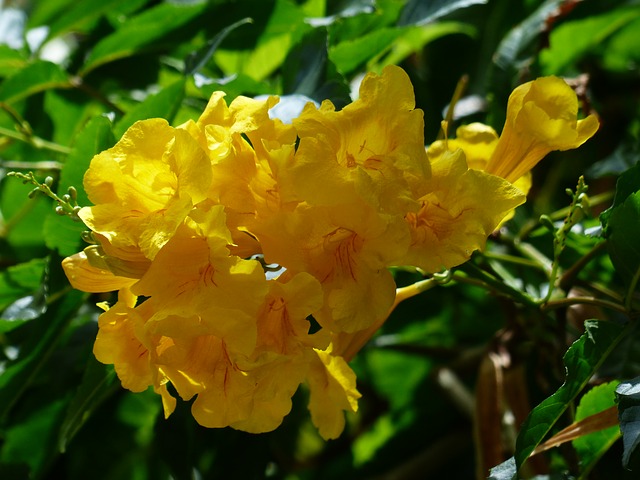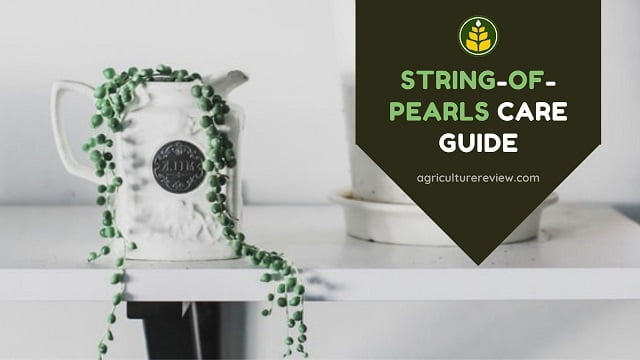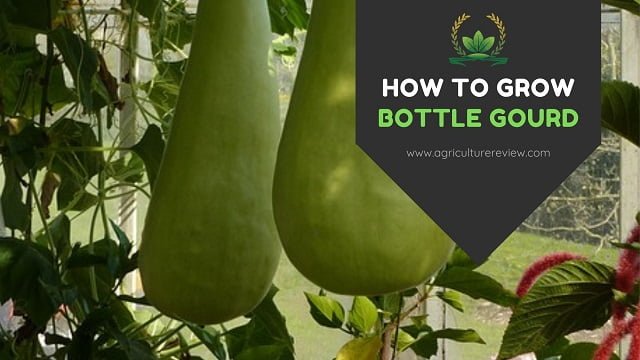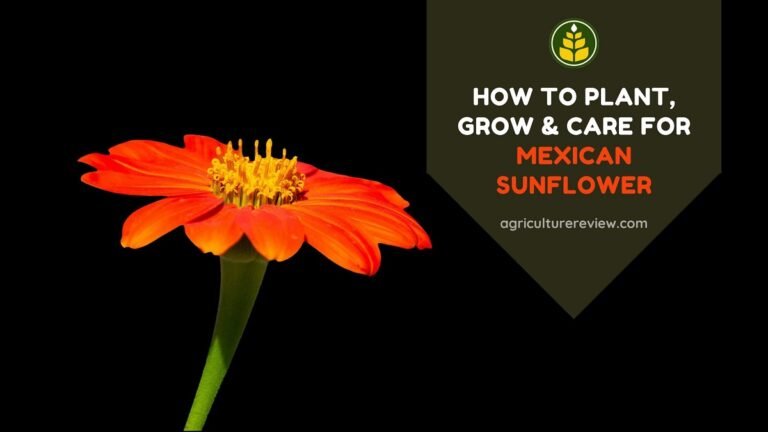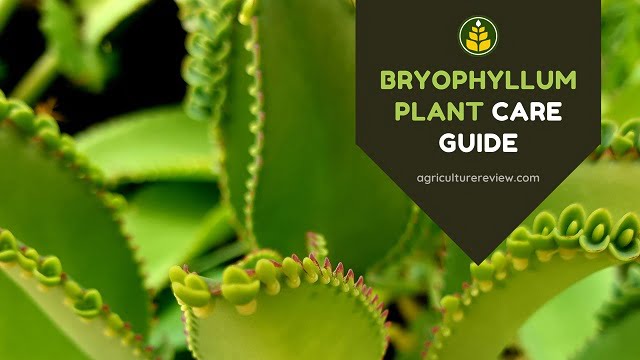Flowering perennial shrubs within the Bignoniaceae family. Yellow Bell is native to America. Its common name is yellow bell, yellow elder, yellow turn pet bush, ginger-Thomas.
Yellow bell is a plant that is cultivated as an ornamental. Leaves are found to be sharply toothed, pinnate green in appearance, and bears large showy bright golden huntsman’s horn-shaped flowers.
It is a drought-tolerant plant and grows well in warm climates. From April to November, Tecoma stans produces large clusters of bright yellow, trumpet-shaped flowers that are 2 to 5 inch in length. The flowers attract bees, butterflies, and hummingbirds.
Some additional reasons for their popularity include, they are inexpensive, readily available, low maintenance, relatively drought-resistant, and vibrant bloomers through much of the year.
EASY STEPS TO GROW AND MAINTAINANCE OF YELLOW BELL(Tecoma stans)
1. You can purchase it from any nursery or propagate through the germination of seeds or by cuttings.
2. Tecoma stans is an abundant seed producer. Collect mature dry seeds. Seeds don’t require special care and they can be stored for several months before planting.
3. For germination set the dried seeds in a germination try or any garden containers filled with rich sand (60%) base soil potting mix. Cover seeds lightly with the medium.
4. Now give water in planting medium. After than place the try or container in indirect light.
5. Keep it moist but not completely wet well until sprouts out.
6. Seeds will germinate in 2 to 3 weeks.
7. If you want to propagate it from cuttings than take 4 to 5 inches long woody shoots in spring. Cut the shoots just below the nodes. cutting must contain 2 to 4 leaves.
8. Use rooting medium like IBA (Indole butyric acid) powder to induce roots in cuttings.
9. Use 5 to 6 inches diameter containers to develop seedlings.
10. Use potting mix like 60% loamy soil+ 30% sand + 10% coco peat.
11. Pour potting mix into the containers and water high before transplanting cuttings.
12. Now cuttings should be washed in low concentrate broad-spectrum fungicide or by freshwater.
13. Now cuttings are dipped in rooting medium and transplant it in the potting medium by making a hole by pencil tips.
14. 3 to 5 cuttings should be placed in the potting medium and cover it with transparent polythene and put it under a semi-shade area.
15. Wet medium regularly as needed to keep it moist but not soaking wet completely.
16. Cuttings will starts to develop new roots within 2 to 4 weeks.
17. Transplant the seedling to an outdoor location or garden container after the new plants have reached 6 to 12 inches tall.
18. Yellow bells require full sun exposure. Shades reduce flowering and encourage undesirable shape.
19. Potted Yellow bells need regular watering from spring to late summer. The amount of water needed depends on the environmental conditions, size of plant and pot size.
20. Plants do not require abundant fertilizer. Use NPK (10:26:26) ¼th teaspoon in a month during the growth period. Avoid fertilizing during the rest period in autumn and winter.
21. The size of the plant can be controlled by pruning and by doing so more branching out and thereby more blooming occurs.
22. Flowers are born on new growth, so pinch back and pruning is necessary to induce new growth. Pruning should be done after flowering has finished, as the encourages the new growth on which the next flush of flowers will occur.
23. Plants are resistant to pests. Sometimes insect pests like spider, mite, whitefly, scab can infect use 5% Neem oil as a foliar spray.
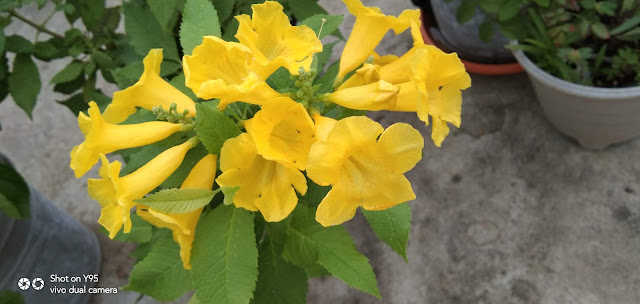 |
| Yellow Bell in Mr. Sarkar’s Garden |
You will also love reading these:
IMPORTANCE OF TECOMA STANS (YELLOW BELL)
1. Tecoma stans is an ornamental plant found throughout India.
2. Tecoma stans is an effective diuretic, tonic, anti syphilis, and vermifuge herb.
3. A decoction of plant flower and bark are used for stomach pain.
4. The plant used in the treatment of diabetes.
5. It lowers the blood pressure.
6. It is taken orally to treat intestinal worms.
I hope these points will be beneficial for you. This article has been shared by Mr. Sital Sarkar based on his gardening experience in his home garden.
He has shared more interesting and informative articles on our blog. Go and check out all of our informative content.
Do not forget to share this article with everyone, do subscribe now to become a member of AGRICULTURE REVIEW.
